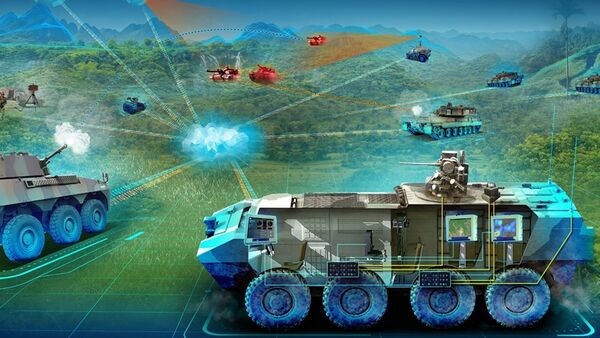
The EDA's ATRIT project seeks to improve the technology behind automatic targeting, as well as in threat recognition and identification. (EDA)
Six European militaries have begun a new research project with a small budget but a big goal – to carry digitalised collaborative combat between different platforms to a new degree of automation. If their work succeeds, it will connect to many other research strands of work within the European Defence Agency (EDA), which is overseeing the project.
“The legacy aspect of making this capability applicable to existing platforms will be an important part of the work,” said Mario Martinho, EDA's project officer for land systems technologies. Martinho oversees the new research effort known as automatic target/threat recognition, identification, and targeting for land systems (ATRIT). Launched on 13 January, ATRIT brings together research personnel from France, Germany, Greece, the Netherlands, Poland, and EDA partner country Norway.
ATRIT's budget for its first, 18-month phase is modest – only EUR2 million (USD2.1 million) – but not in scope: defining the requirements for an open system architecture of data exchange and artificial intelligence (AI)-assisted analysis to enable cross-platform threat detection, identification, and allocation of targeting options across crewed platforms, software-enabled weapon systems, and dismounted soldiers. Its second phase will involve demonstrators and a much larger yet-to-be-determined budget.
Noting that many defence players in Europe are involved in collaborative combat, Martinho said their work tends to focus on one aspect or another. “We are trying to bring in large data volumes to push the capability to another level by pulling together all the tasks [into one seamless chain of capability],” he added.
Looking to read the full article?
Gain unlimited access to Janes news and more...



